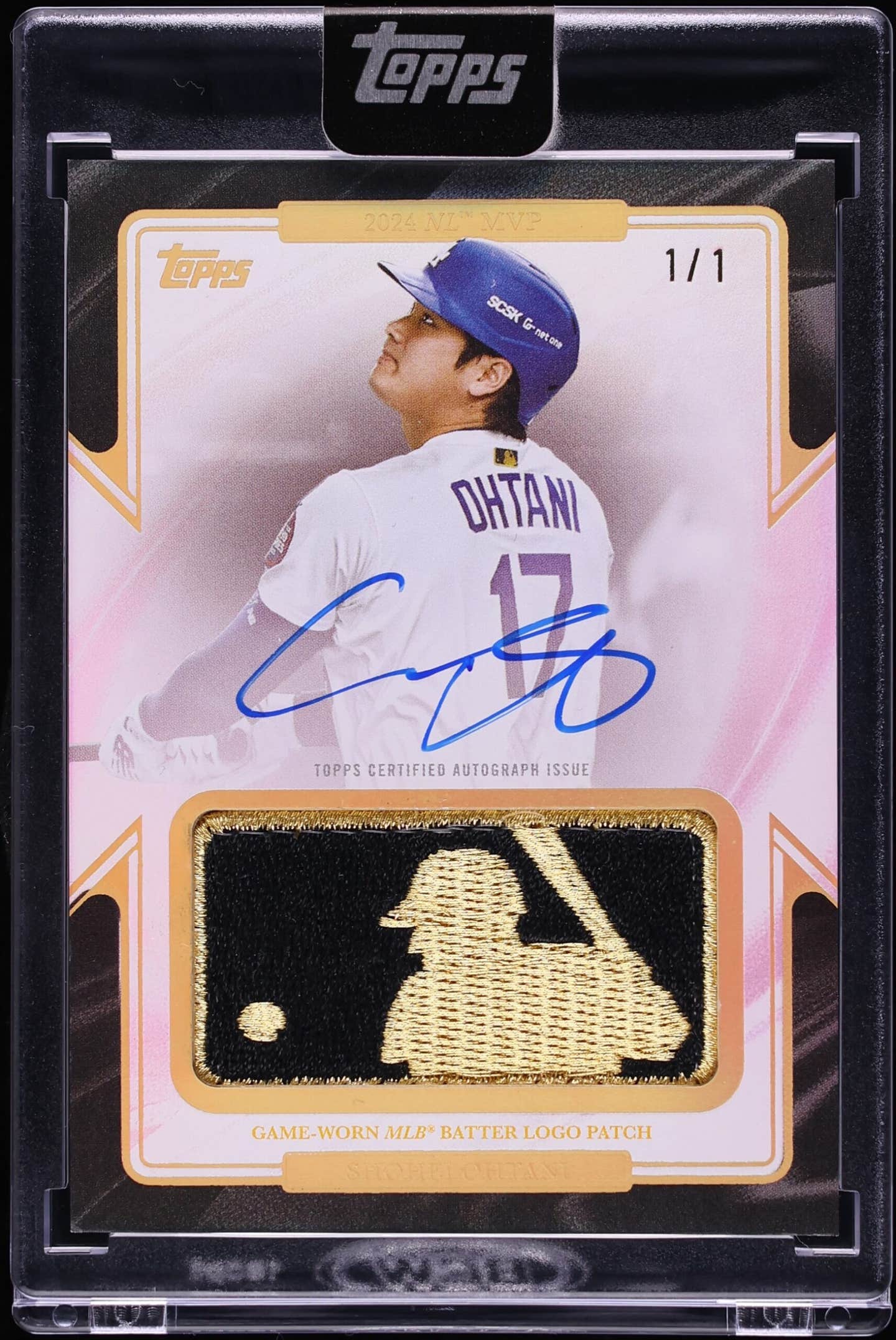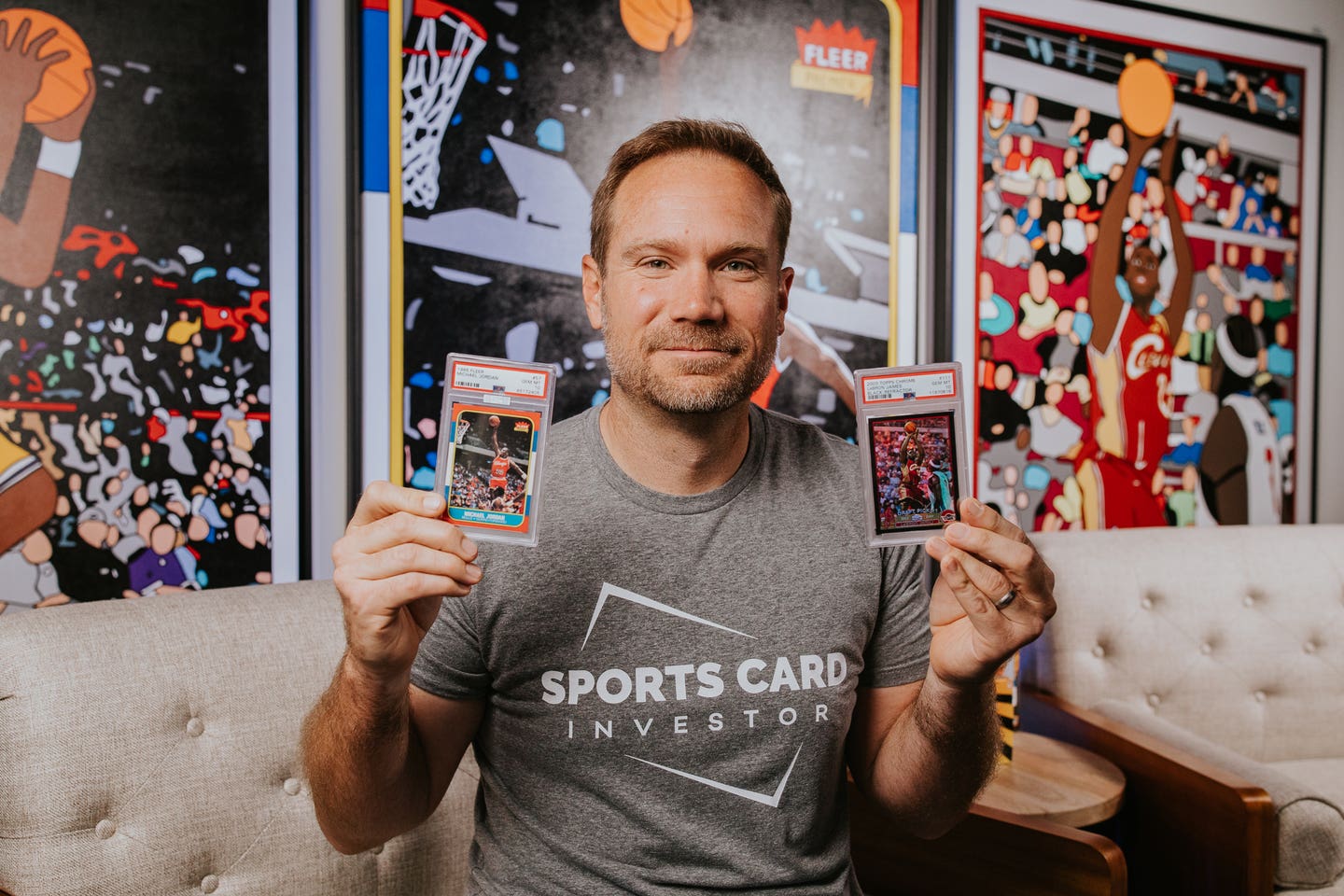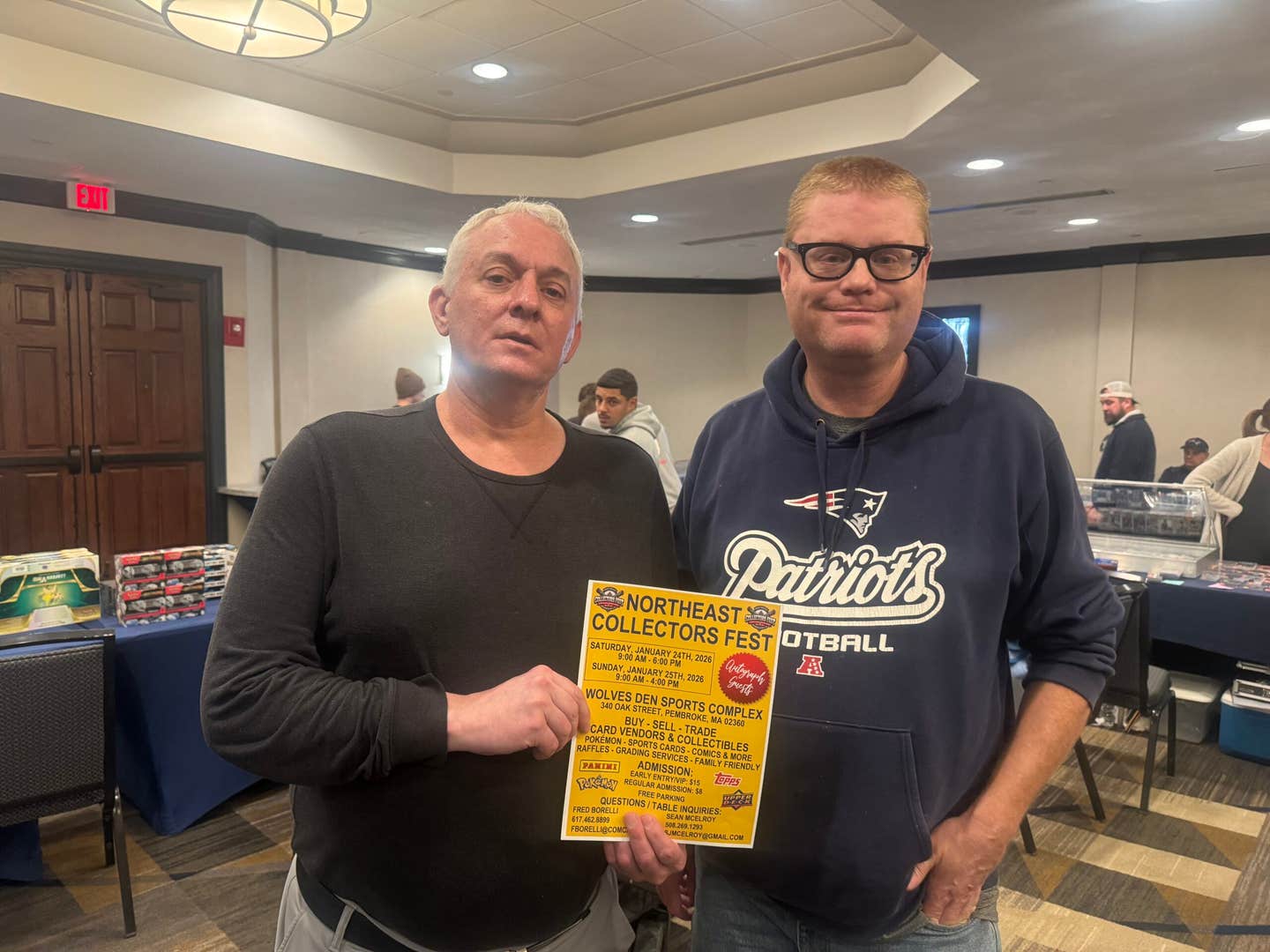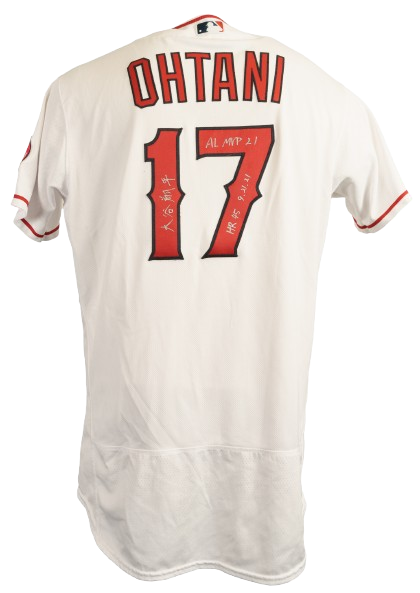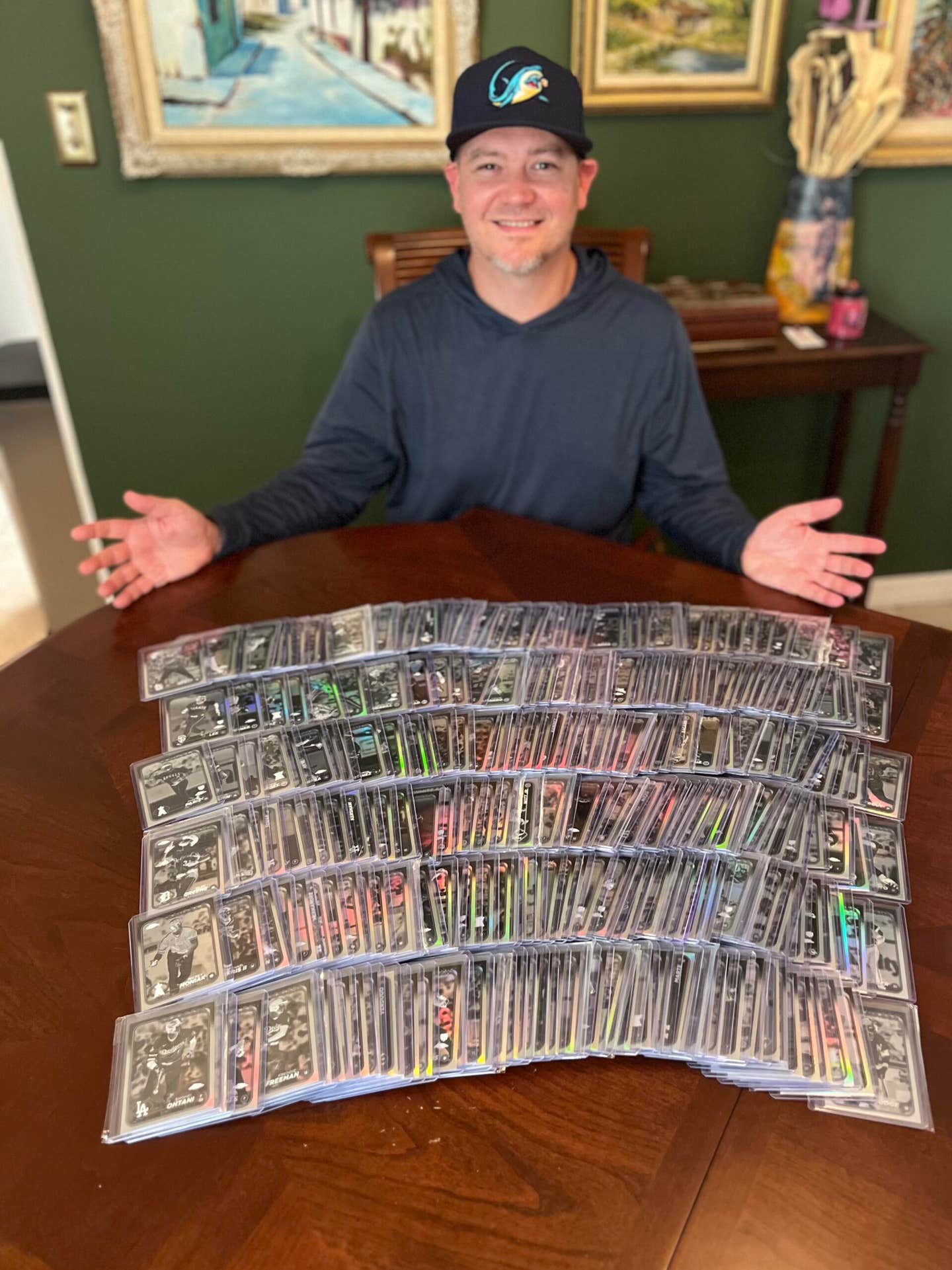Collecting 101
Readers share historic team cabinet cards
Recently a pair of historically significant minor league team cabinet cards has been brought to my attention. While they will probably not be included in the forthcoming 2007 Standard Catalog of Baseball Cards because we do not endeavor to cover the genre of team-photo or team-composite cards, especially in the minor league section, they are certainly worthy of the attention of SCD's advanced readership.
We'll present them in reverse chronological order.
The first item may well be - depending on how you choose to define the term "baseball card" - the first to feature a black player.
Debate rages in the upper strata of the vintage hobby about what constitutes a "real" baseball card. Many adhere to the theory that to be such, the card must have been issued as a premium with goods or services, rather than having been sold on its own merits. Often, the presence of an advertising message is the deciding factor in that debate.
Under that criterion, the Syracuse Stars cabinet presented here seems to qualify as a baseball "card" rather than merely a team-composite photo.
The key is the line at bottom that indicates the card was made for "Geo. C. Campbell."
Campbell was not only president of the Stars (as well as of the International League in 1886), but also operated a saloon and billiards parlor at the indicated address.
According to the card's owner, Rhys Yeakley of Idaho, it is no stretch to believe that Campbell had the cards made up in quantity to give or sell to his patrons. Newspaper reports of the day, by the way, indicate some of Campbell's ballplayers were among his steadiest - or unsteadiest - customers.
Measuring about 71/2-by-51/2 inches, and backed with thick cardboard, the cabinet is somewhat the worse for its years, despite having spent many decades glued into a scrapbook where it was found on eBay last year and purchased for a reported $76.
Between 1886, when it was formed, and 1888, the I.L. was the only circuit in Organized Baseball to employ more than one or two black players. At its peak in 1887, there were eight black players spread among about half the teams in the league, and one or two others who were reportedly "passing." Some of the greatest black players of the era such as Frank Grant, Bud Fowler, Fleet Walker and George Stovey were active in the I.L. in 1887.
Syracuse began the 1887 season without a black player. That's not a surprise because late in the 1886 season, the Stars raided the Nashville and Savannah clubs of the Southern League of a handful of players in an attempt to rise above the second division.
Even with the influx of talent, the Stars were foundering early in the 1887 season when manager Jim Gifford returned to his hometown team at Columbus, Ohio, and Joseph Simmons took over the skippership in Syracuse on May 18.
One of Simmons' first roster moves was to add a young left-handed pitcher named Robert Higgins to the staff.
Higgins was black and a second Civil War ensued. Despite the fact that his teammates often laid down in games in which he pitched, and some umpires were on record as saying they would make calls to the detriment of teams with black players, Higgins won 19 games in 1887.
The culmination of the feud among the Stars occurred about June 1, when manager Simmons ordered the players to report in their Sunday best to Ryder's Gallery for a team photo. Left fielder Hank Simon and pitcher Dug Crothers refused. An exchange of words followed and Crothers punched the manager, drawing a suspension, $50 fine and eventually his release on July 1.
Crothers does not appear on the team-composite card, but Simon is at top of the left column. I suppose it's possible that the reason this card exists as a composite is that a group photo was never taken.
Attitudes on the team evidently changed by the following year, however, as a group photo exists of the 1888 Syracuse team. Although Higgins was gone by then, Fleetwood Walker was pictured in the group.
Another player of special interest on the 1887 Syracuse card is pictured to the left of Higgins. That's pitcher Ed "Dummy" Dundon, who had played the 1883-84 seasons in the majors with Columbus in the American Association.
Dundon was a deaf mute who was lucky to be playing at all in 1887. During the off-season of 1886 he got messed up in a barroom brawl with some soldiers and was dangerously wounded with a knife and broken beer bottle.
Yeakley has not announced any imminent plans for the sale of his find, but feels that even in Poor condition, it should be worth "upwards of $5,000.
Dubuque debut for Comiskey, Radbourn
Next we present a team-photo cabinet of the 1879 Dubuque team in the North Western League, from the days prior to formal organization of the professional leagues under the "National Agreement" in 1883.
Particularly significant is that this card appears to be the first known "baseball card" image of future Hall of Famers Charles Comiskey and Charley Radbourn (as well as each of the other seven players depicted).
The card was the work of a Jordan photographic studio in Dubuque. It measures 63/8-by-41/8 inches on medium cardboard backing.
I first heard of this card about two years ago when its current owner, Missouri collector Tom Rebert, called in search of information on the Dubuque team. He had acquired the cabinet in 1988 from an antique mall south of St. Louis. He was particularly interested in Comiskey's possible association with the team as he felt strongly that one of the pictured players was the future "Old Roman." Then, as now, there was little available data but that didn't deter Rebert.
He chased down contemporary photographs and historical records and has completed what he believes is a complete correlation of the Dubuque roster with the players on the cabinet.
And a fine aggregation of baseball talent it was. The nucleus came from six members of the 1878 Peoria Reds, including Radbourn, who jumped to Dubuque to join Sullivan and the 19-year-old Comiskey for the 1879 season. Besides the Hall of Famers, every player on the card went on to spend time in the major leagues averaging about seven years' service.
Interestingly, Comiskey, along with Dubuque alumni Tom Loftus and the Gleason brothers, joined manager Ted Sullivan on the St. Louis Browns of the American Association in 1883, where they finished in second place, a game behind the Athletics. Even more interesting is that a photograph exists of the 1883 Browns in the same Jordan Studio in Dubuque. The faux stone facade seen to the left on the Dubuque cabinet is evident in the Browns' cabinet.
Of the nine players in the cabinet, seven would later leave a baseball card legacy in the Old Judge, Gold Coin and other tobacco cards of the late 1880s. Only Ted Sullivan and Jack Gleason do not appear to have been pictured on individual cards.
Despite the recent mania among some advanced collectors to acquire the "rookie" cards of each Hall of Famer (and despite the fact that the term as the hobby understands it does not usually apply to card issues of the pre-WWII era), this historic cabinet falls outside the normal interest range of many hobbyists because it is: a) a team-photo card; b) it is an oversize format; and, c) it is a minor league issue.
Those objections, however, are unlikely to greatly hinder demand when this card comes to market. Having completed his research on the cabinet, Rebert plans to consign it to one of the major hobby auction houses for a future sale.
The years of legwork he put into verifying the identities of the pictured players should pay off handsomely.




